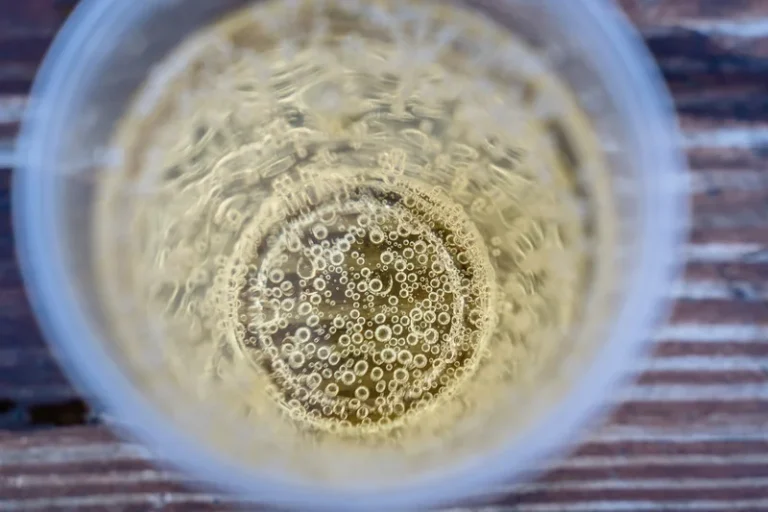Advancing reduction of drug use as an endpoint in addiction treatment trials National Institute on Drug Abuse NIDA

The FDA has historically favored abstinence as the endpoint in trials to develop medications for substance use disorders. Abstinence has been evaluated using absence of positive urine drug tests, absence of self-reported drug use, and regularly attending sessions where drug use is assessed. But abstinence is a high bar comparable to requiring that an antidepressant produce complete remission of depression or that an analgesic completely eliminate pain.

Cocaine Withdrawal
- Our comprehensive approach to treatment includes personalized plans tailored to your unique needs, including medication-assisted treatment options and holistic approaches for long-term success.
- More than 770,000 people in the U.S. were experiencing homelessness on a single night in January 2024, an 18% increase from 2023, according to a report from the U.S.
- Tachycardia (rapid heart rate), arrhythmia (irregular heart rate or rhythm), and malignant hypertension (severely high blood pressure) can lead to a heart attack, stroke, or death.
- Cocaine is a stimulant drug that usually comes as a fine, white powder.
- The study would not have been possible without the use of artificial intelligence to weed through dozens of proteins in a class called prohormones.
The FDA recently announced a new tool through which investigators can determine if proposed treatments for alcohol use disorder (AUD) work based on whether they reduce “risk drinking” levels. Explore the available medication options for treating your cocaine addiction at CCCADA. Medication-assisted treatment (MAT) is an effective approach for managing drug addiction and supporting your recovery.
Alcohol Use Disorder

Cocaine increases heart rate and blood pressure, raising the risk of stroke, heart attack, and other serious health issues. With that said, studies have suggested that some groups are at the highest risk. These include people who also abuse alcohol and cannabis, as well as individuals who have depression.

Endocarditis in patients with cocaine or opioid use disorder markedly increased between 2011 and 2022
- These classifications may help direct the most appropriate course of treatment.
- Over 2.1 million Americans have used cocaine at least once in their lives.
- If you have a loved one who’s struggling with cocaine addiction, CCCADA understands the difficulties you may be facing.
- Cocaine cravings are persistent, and cocaine addiction is often complicated by other factors.
- This leads to an accumulation of dopamine in the brain, intensifying feelings of euphoria, energy, and alertness.
Sublocade is a buprenorphine-containing long-acting injectable medicine that reduces cravings and withdrawal by partially triggering opioid receptors and preventing stronger opioids from attaching to them. First approved in 2002, this once-monthly shot under the skin starts after cocaine addiction treatment a week of treatment with transmucosal buprenorphine. Once injected, it forms a gel under the skin that steadily releases buprenorphine throughout the month, maintaining stable levels without daily highs and lows. Sublocade is available only through a restricted program called the SUBLOCADE REMS Program in REM-certified health care settings and pharmacies. The FDA has approved an updated treatment protocol for a drug called Sublocade, making it easier for people with moderate to severe opioid use disorder (OUD) to begin and continue their therapy.
Psychological Signs
It is classified as a CNS (central nervous system) stimulant and a local anesthetic. Drugs like cocaine powerfully activate reward and reinforcement mechanisms in the brain. Reward refers to the euphoria or high produced when taking the drug (equivalent to “liking”); reinforcement refers to the desire to take the drug again (“wanting”). Following initial treatment, some people are transferred to amphetamine addiction treatment a drug-free therapeutic community (TC) for six to 18 months to reinforce coping skills in a community atmosphere. An ER doctor will test for those conditions and try to treat them first.
- You’ll normally stay living at home while being treated for cocaine addiction.
- When users come down from the high, they are usually depressed, edgy, and craving more drugs.
- To sustain the high, users will often take cocaine repeatedly in a short period.
- Dopamine also acts on the brain’s reward system in ways that make people want to compulsively use the drug.
- Cocaine intoxication is a state where someone is not just high on cocaine but also develops other physical symptoms that make them ill.

Yes, there is a link between cocaine addiction and gambling addiction. Both disorders involve similar neurobiological mechanisms, primarily related to dopamine dysregulation in the brain’s reward system. Cocaine use leads to an increase in dopamine levels, which creates feelings of euphoria and reinforces the desire to continue using the drug.

